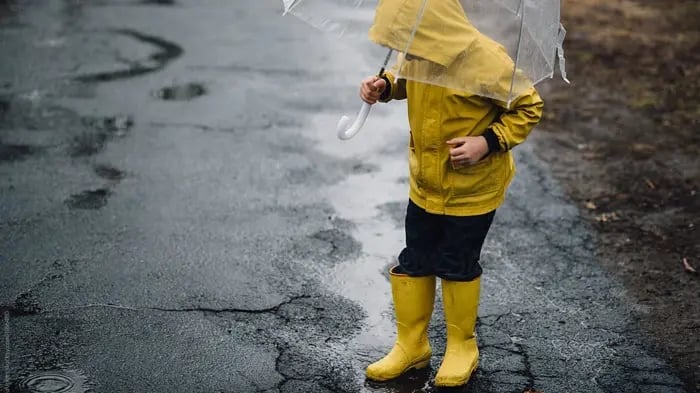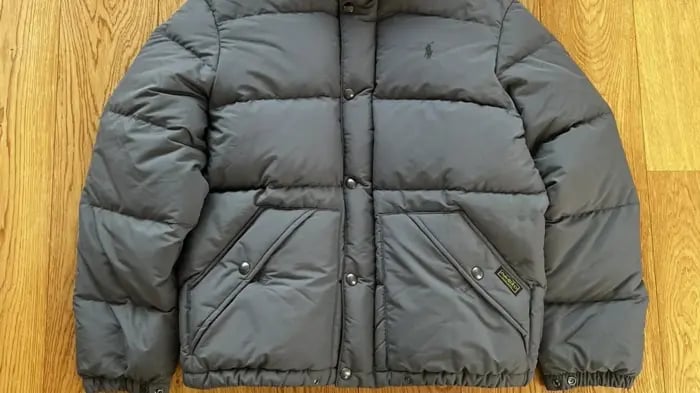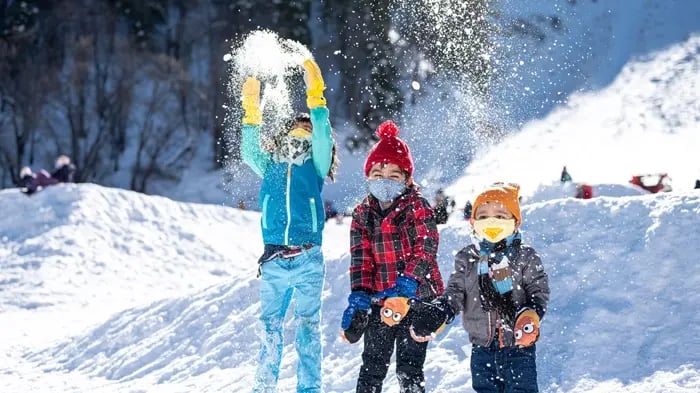- Water Resistance Is Key
- The Right Insulation For The Job
- Durability
- Easy On-And-Off Smart Features
Introduction
Being a nation of diverse physical landscapes, India experiences winter in every shade. From mellow winters in seaside towns to moderately cold winters in plains to freezing temperatures of the mountains, and more. To cater to this range of winter in all its glory, parents must tackle the cold season by adapting to its intensity.
When the first real chill of the season creeps in, a parent’s internal seasonal checklist starts running shop. While hats, gloves, and boots vary as requirements from terrain to terrain, the jacket remains the most crucial and universal piece of winter gear. A good winter jacket is more than just a piece of clothing; it can be considered an investment in your child's health, comfort, and, most importantly, their freedom to play in the wintry months.
Navigating the racks of winter wear can be overwhelming to new as well as experienced parents. With fancy, sartorial terms and a dizzying display of options, how to pick a jacket that will be ideally suitable for your kid’s winter? It all comes down to looking past the attractive colors and designs to focus on the core features of a jacket that truly matter. These tips can help your child stay warm, dry, and ready for anything this winter season.
Must-Have Features Of Best Winter Jackets For Kids
Water Resistance Is Key

This is arguably the most critical feature of jackets for kids, yet it is where many parents get confused. There is a huge difference between ‘water-resistant’ and ‘waterproof’. A water-resistant jacket can handle a light dusting of snow or a brief drizzle, but it will quickly become saturated and soggy in wet snow or steady rain. A wet kid in winter is highly likely to catch a cold.
For uninhibited winter play, your kid needs a ‘waterproof’ jacket. Look for fabrics with a waterproof membrane and a DWR (Durable Water Repellent) finish that makes water bead up and roll off. Even more important? Sealed or taped seams for kids. Without them, water will seep through the tiny holes made by the sewing needle, compromising the entire jacket’s integrity. A truly waterproof jacket is bound to have these features, ensuring your child stays dry even when they are playing outside in a drizzle or light snow.
The Right Insulation For The Job

Insulation is what provides warmth in jackets, and it is commonly available in two forms: down and synthetic. Made from the incredibly soft, natural under-feathers of ducks or geese, down is very warm for its weight and highly compressible. Its warmth is measured in "fill power" (e.g., 600-fill, 800-fill)—the higher the number, the warmer the jacket. However, this form of insulation has a major disadvantage. Down loses almost all of its insulating ability when it gets wet, and it can be rather slow to dry.
On the other hand, synthetic insulation is man-made, designed to mimic the properties of down by using polyester fibers. While it is slightly heavier and bulkier than down for the same intensity of warmth, synthetic insulation has a great advantage for kids. It continues to insulate even when it gets damp in the rain or snow. It is also typically more affordable and hypoallergenic.
Durability

Honestly, young as well as older, more adventurous kids are not gentle on their clothes. Their jackets are dragged, snagged, and used as a cushion on everything from icy ground to moist, gravelly playgrounds. But a jacket that falls apart mid-season is a waste of money and a major inconvenience. To prevent such mishaps, it is ideal to look for jackets made from durable fabrics such as nylon or polyester.
Also, jackets with reinforced fabric on highly-worn body areas, such as shoulders and elbows, are an ideal feature to look out for. They add years to a good jacket’s life. Finally, always be thorough while inspecting zippers. A broken zipper renders a jacket useless. Look for chunky, sturdy zippers with large pulls that are easy for small, mitten-clad hands to grab. A "zipper garage”—a little fabric flap at the top—is also a great touch to prevent painful chafing.
Easy On-And-Off Smart Features
Nowadays, the best kind of kids’ winter jackets are designed keeping their playfulness and activity level in mind. However, as kids usually get squirmy while discarding jackets after playtime, it is ideal to look for smartly designed jackets that can be easily worn and taken off. For example, jackets with hoodies, Velcro closers, or snap buttons. Not only are they highly convenient, but they are also suitable for playful kids to handle on their own. These small, thoughtful innovations can easily transform an ordinary jacket into an excellent one.
Conclusion
Choosing the right winter jacket for children is about getting them ready and running for a successful season of fun. By prioritizing these key features—true waterproofing, reliable insulation, durability, and smart designs—you're not just buying a coat. You are purchasing warmth, safety, and assurance that when temperatures start to fall, the only thing you will need to worry about is keeping up with your energetic children.
Kaushiki Gangully is a content writing specialist with a passion for children's nutrition, education, and well-being. With more than five years of writing experience and a science-based background, she provides nuanced insights to help families raise happy, healthy kids. Kaushiki believes in making learning and healthy eating fun, empowering parents with practical, easy advice.
The views expressed are that of the expert alone.
The information provided in this content is for informational purposes only and should not be considered a substitute for professional medical advice, diagnosis, or treatment. Always seek the advice of your physician or another qualified healthcare provider before making any significant changes to your diet, exercise, or medication routines. This is a sponsored article.
















